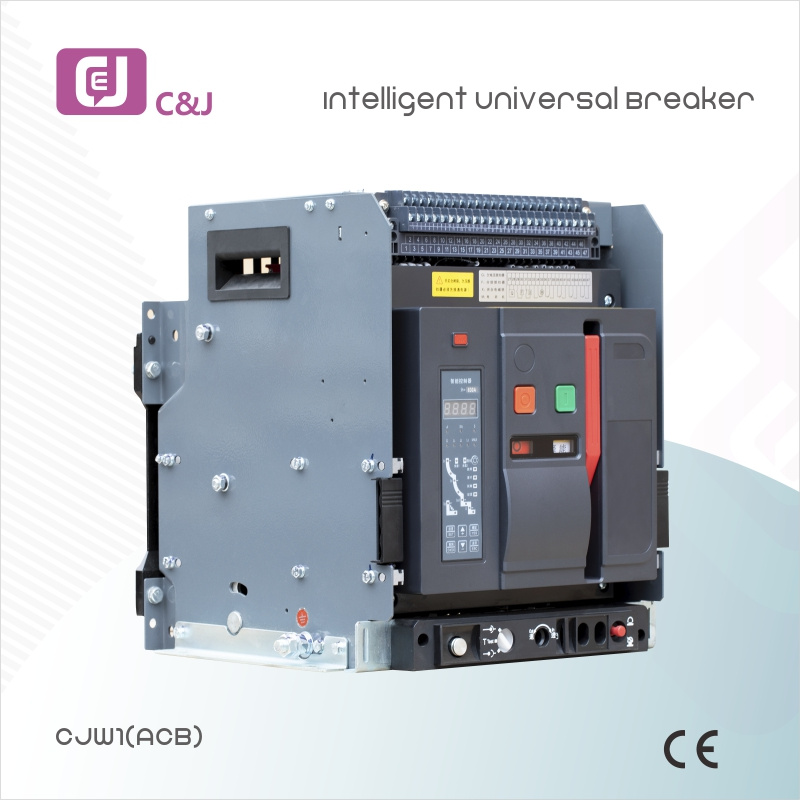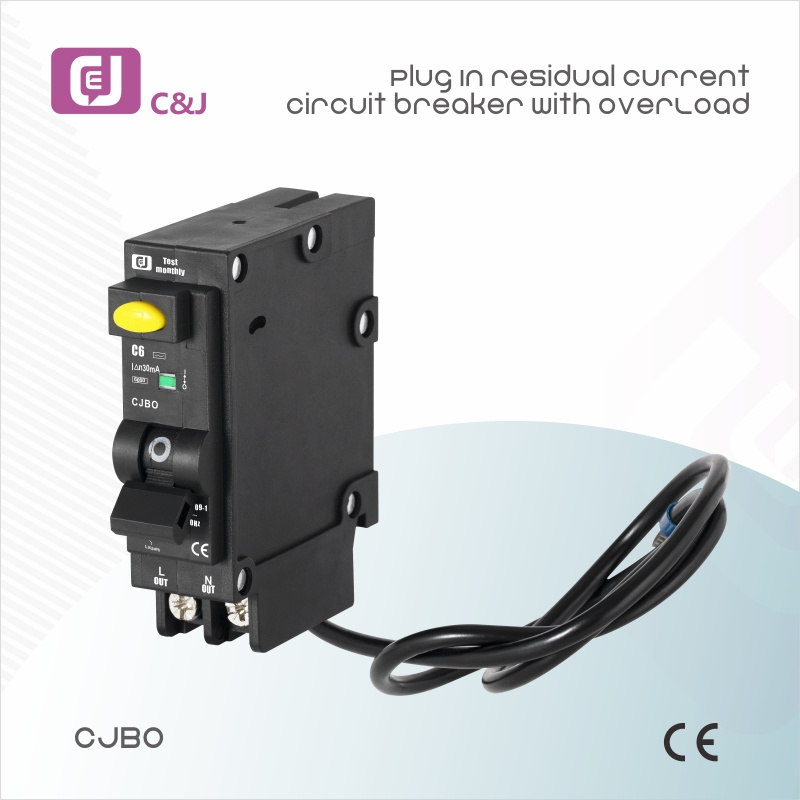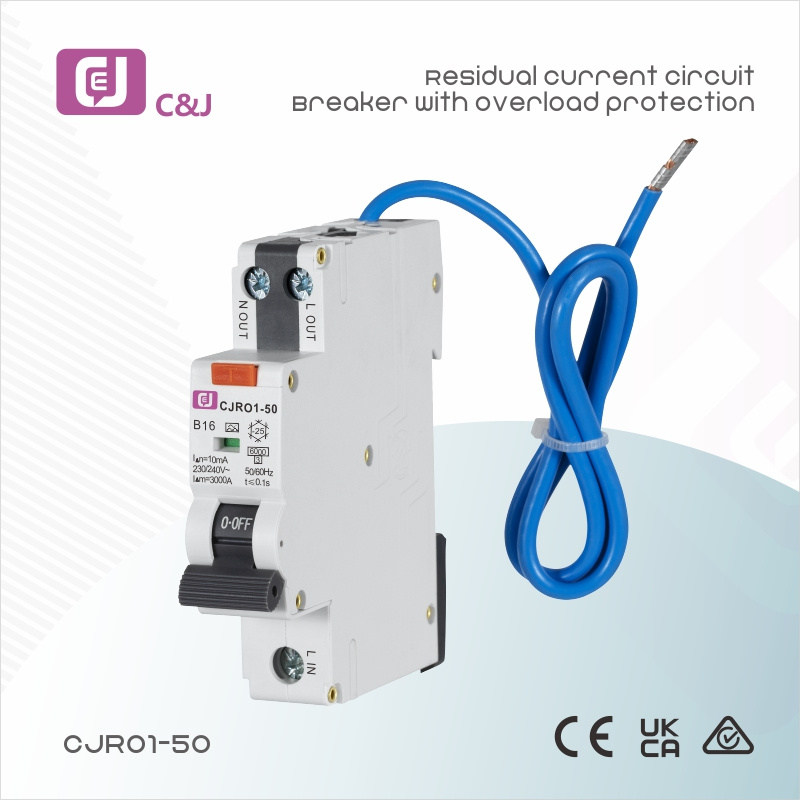CE Certification Black Plug In Mcb Manufacturer - Miniature Circuit Breaker (MCB) CJM2-125 – C&J
CE Certification Black Plug In Mcb Manufacturer - Miniature Circuit Breaker (MCB) CJM2-125 – C&J Detail:
Construction and Feature
- High short-short capacity 10KA
- Designed to protect circuit carrying big current up to 125A
- Contact position indication
- Used as main switch in household and similar installation
- The price-quality ratio is very high
Specification
| Standard | IEC/EN 60898-1 | ||||
| Pole No | 1P,1P+N, 2P, 3P,3P+N,4P | ||||
| Rated voltage | AC 230V/400V | ||||
| Rated Current(A) | 20A,25A,32A,40A,50A,63A,80A,100A,125A | ||||
| Tripping curve | C, D | ||||
| Rated short-circuit capacity(lcn) | 10000A | ||||
| Rated service short-circuit capacity(Ics) | 7500A | ||||
| Rated frequency | 50/60Hz | ||||
| Rated impulse withstand voltage Uimp | 6kV | ||||
| Connection terminal | Pillar terminal with clamp | ||||
| Electro-mechanical endurance | Ins100=10000:n125=8000 | ||||
| Terminali Connection Height | 20mm | ||||
| Connection capacity | Flexible conductor 35mm² | ||||
| Rigid conductor 50mm² | |||||
| Installation | On symmetrical DIN rail 35mm | ||||
| Panel mounting |
Overload Current Protection Characteristics
| Test | Tripping Type | Test Current | Initial State | Tripping timeor Non-tripping Time Provisior | |
| a | Time-delay | 1.05In | Cold | t≤1h(In≤63A) t≤2h(ln>63A) |
No Tripping |
| b | Time-delay | 1.30In | After test a | t<1h(In≤63A) t<2h(In>63A) |
Tripping |
| c | Time-delay | 2In | Cold | 10s<t<60s(In≤63A) 20s<t<120s(In>63A) |
Tripping |
| d | Instantaneous | 8ln | Cold | t≤0.2s | No Tripping |
| e | lnstantaneous | 12In | Cold | t<0.2s | Tripping |
Working Principle of MCB
When an MCB is subject to continuous over-current, the bimetallic strip heats up and bends. An electromechanical latch is released when the MCB deflects the bi-metallic strip. When the user connects this electromechanical clasp to the working mechanism, it opens the microcircuit breaker contacts. Consequently, it causes the MCB to switch off and terminate the current flowing. The user should individually switch on the MCB to restore the current flow. This device guard against defects caused by excessive current, overload, and short circuits.
Product detail pictures:



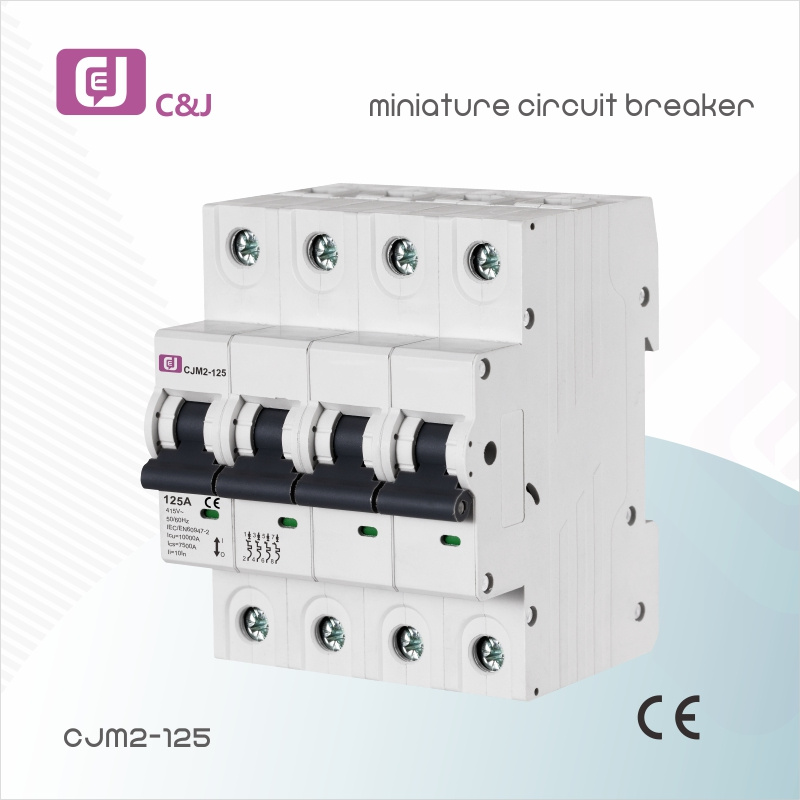




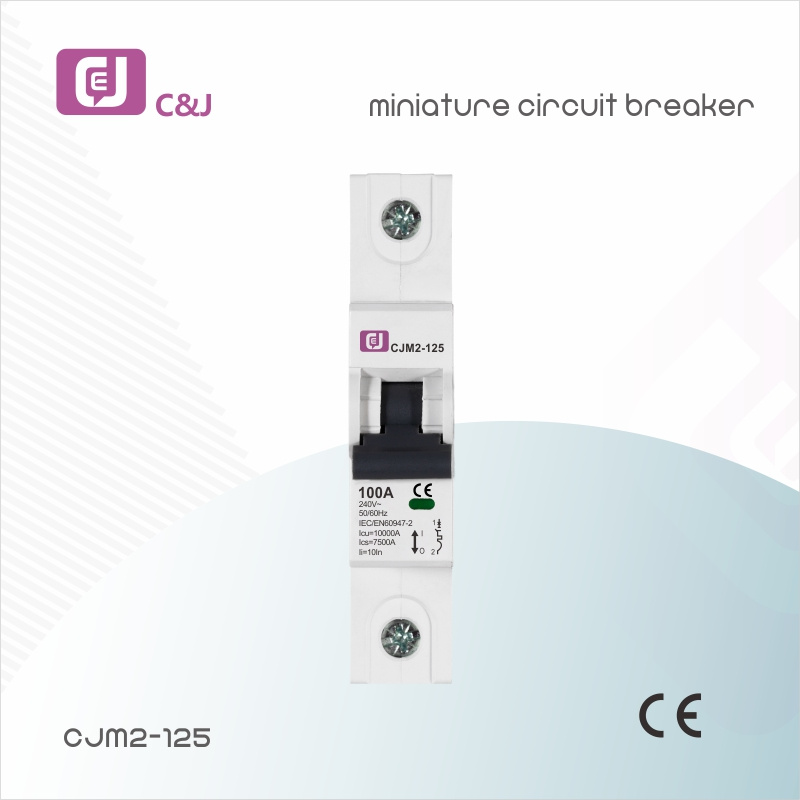




Related Product Guide:
We take pleasure in an exceptionally excellent status between our buyers for our superb merchandise good quality, aggressive price tag and the great support for CE Certification Black Plug In Mcb Manufacturer - Miniature Circuit Breaker (MCB) CJM2-125 – C&J , The product will supply to all over the world, such as: Georgia, Morocco, Swiss, Our staffs are adhering to the Integrity-based and Interactive Development spirit, and the tenet of First-class Quality with goodService. According to the needs of every customer, we give customized & personalised services to help customers achieve their goals successfully. Welcome clients from home and abroad to call and inquire!
The company's products can meet our diverse needs, and the price is cheap, the most important is that the quality is also very nice.
Write your message here and send it to us


